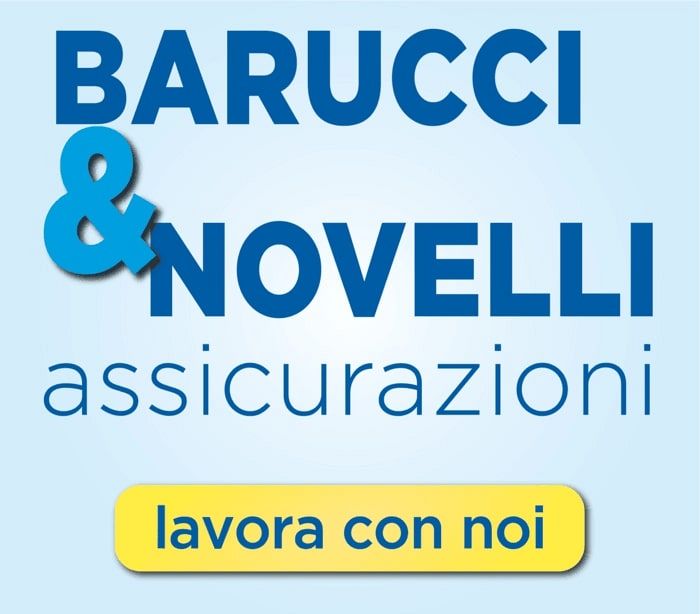The exhibition dedicated to Italian Still Life from Caravaggio to Eighteenth Century is housed in the monumental premises of Palazzo Strozzi. It is Designed to illustrate the great variety of still life painting in Italy over the span of more than two centuries, through a selection of over two hundred works originating from Italian and foreign museums and from numerous private collections.
The exhibition provides a unique opportunity to admire masterpieces, many of them unknown to the public, which celebrete the beauty and vitality of nature in a triumph of strawberries and cherries, grapes and melons, flowers of every shape and garlands.
It was Caravaggio, the most innovative and original artist of the time and champion of the modern naturalism, who in the last decade of the sixteenth century was the first in Italy to paint flowers and fruit, establishing the still life genre on a theorical plane.
This great artist is represented in the exhibition by a least three important masterpiece: the Boy bitten by a Liazard from the Fondazione Longhi, the Bacchus from the Uffizi and the Lute Player from a private collection.
The exhibition unwinds from the most important Italian city’production, Rome, Naples, Florance, Genoa, Emilia, to the painters, with their faithfull observation of reality, anticipated the nineteenth century’s realist painting.
The exhibition is produced and realized by Firenze Mostre S.p.a.
The triennial project Belvedere dell’Arte by Achille Bonito Oliva is conceived as a major occasion for the rereading of modern and contemporary art in a site which is unique in the world: Forte di Belvedere is a fortress constructed in 1590 to designs by the architect Bernardo Buontalenti and Don Giovanni de’ Medici.
The project is inaugurated this year with Orizzonti, where the title of the exhibition implies the idea of art as a point of flight and of contact, the work as the fulcrum and the threshold. In the splendid garden-terrace outside the Forte Belvedere, Orizzonti sets up a confrontation with history, through the presence of installations specially created by international artists who measure themselves against the formal values of Florence, with its artistic and architectural icons such as the perfect cupola of Brunelleschi, counterpoising to this “classical” horizon twelve new contemporary horizons.
The artists invited this year are : Marco Bagnoli, Massimo Bartolini, Loris Cecchini, Tony Cragg, Anish Kapoor, Marisa Merz, Mario Merz, Maurizio Nannucci, Giulio Paolini, Giuseppe Penone, Nancy Rubins and Timet.
Inside the Palazzina of the Forte a photography exhibition will be set up, the “horizon” of which is the fragmented and omnivorous timescale of the news, exemplified by a century of American photographs. The American photography of this century, from Dorothea Lange to Andres Serrano, from Weegee to Nan Goldin, from Garry Winogrand to William Eggleston, from Robert Frank to Jack Pierson and Lauren Greenfield, has always pragmatically immortalised the reality and the society of the country, from the depression of the 30s up to the tragic apocalypse of 11 September.
This review will also include the presentation, for the first time in Italy and in Europe, of 45 portraits taken by Andres Serrano in the aftermath of the attack on the Twin Towers in New York.
The Forte Belvedere houses also an open air cinema, a rewiew of music and poetry with concerts’ full programme and a bar restaurant.
The exhibition La Grande Arte dell’Antico Perù. Capolavori da Chavín agli Inca (The great art of ancient Peru. Masterpieces from the Chavin to the Inca) is focused on an artistic and anthropological presentation of the prehispanic cultures which thrived in what is present-day Peru from 900 BC up to the arrival of the Spaniards in 1532.
Without neglecting the classic archaeological-anthropological approach, for the first time in the world the attributions of the works of art of prehispanic Peru are also tackled, through the display of unique and unrepeatable pieces representing the finest production of the masters of the Andean cultures.
The exhibition, featuring approximately 370 works originating from the most important museums in the world, among the finest and most interesting from the cultures of ancient Peru, is consequently aimed at representing a turning-point in the western perception of Peruvian prehispanic art.
The classic chronological-geographical layout, featuring the presentation of the environment and cultures which thrived in the Peru area, is concentrated in just three sections and will serve to introduce the visitor into a context unknown to him/her, thus providing the essential bearings for proceeding to the discovery of the monographic sections which represent the heart, and in many cases the absolute novelty, of the exhibition.
The connecting link of the exhibition with the city of Florence will be the introductory section which focuses with pride on the role played by Italy, and more specifically by Florence, in recognising the intense humanity and great ingenuity of the works and tools of the Amerindian cultures. On display alongside, for the very first time, will be the most important pieces from the Medici collections of exotica, representing a shining example of the great cultural openness of Florence and of the Medici in a historic period in which ethnocentric prejudices frequently led to the outright rejection of the works of “other” cultures.



